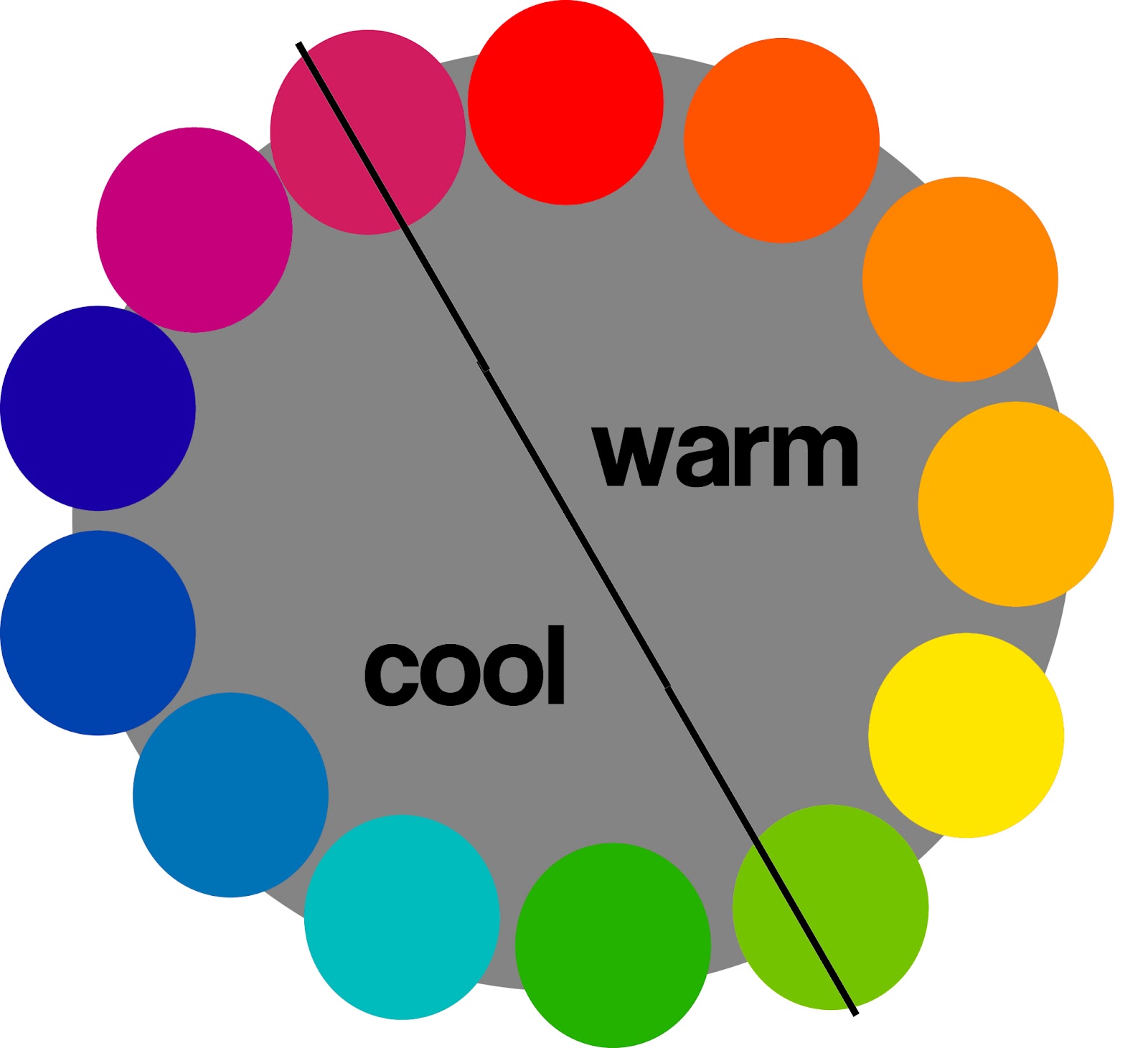Cool colors have a unique charm that captivates the senses and evokes tranquility. These colors, often associated with nature, can create soothing environments that promote relaxation and peace. From the gentle blues of the ocean to the calming greens of a lush forest, cool colors have a way of making spaces feel more open and inviting. They play a crucial role in design, art, and even fashion, serving not just as aesthetics but as a means to influence moods and emotions.
Incorporating cool colors into your surroundings can have a profound psychological impact. Studies have shown that these colors can lower blood pressure, reduce anxiety, and even promote a sense of calmness. Whether you're redecorating your home, designing a workspace, or simply choosing an outfit, understanding the significance of cool colors can help you create an atmosphere that fosters well-being and comfort.
As we delve deeper into the world of cool colors, we will explore their characteristics, their effects on our emotions, and how to effectively use them in various aspects of life. By the end of this article, you'll have a comprehensive understanding of how to leverage the power of cool colors to enhance your environment and mood.
What Are Cool Colors?
Cool colors are generally hues that fall on the blue side of the color wheel. This category includes shades of blue, green, and violet, which are often described as calming and soothing. Here are some typical examples of cool colors:
- Blue
- Turquoise
- Green
- Teal
- Purple
- Lavender
How Do Cool Colors Affect Our Mood?
The impact of cool colors on our emotions is significant. These colors are often associated with serenity and relaxation, making them ideal for creating peaceful environments. Research suggests that cool colors can help to:
- Reduce feelings of anxiety
- Enhance focus and concentration
- Promote a sense of calmness
- Encourage creativity and introspection
Which Cool Colors Are Best for Home Decoration?
When it comes to decorating your home, the choice of cool colors can significantly affect the atmosphere of your space. Here are some recommendations:
- Soft blues in bedrooms for a tranquil feel
- Greens in living areas to promote relaxation
- Pale lavenders in bathrooms for a spa-like ambiance
- Teal accents in dining rooms to stimulate conversation
Can Cool Colors Influence Productivity?
Yes, the use of cool colors can enhance productivity, especially in work environments. The calming effect of colors like blue and green can help to reduce stress and increase focus. Here’s how you can utilize cool colors for better productivity:
- Choose blue or green for office walls
- Incorporate natural elements like plants to complement color schemes
- Use cool-colored office supplies to create a cohesive look
What Are the Best Cool Colors for Fashion?
In fashion, cool colors can convey a sense of elegance and sophistication. They are ideal for creating a polished look. Here are some cool colors that work well in wardrobes:
- Navy blue for formal attire
- Pastel greens for casual wear
- Lavender for a soft, romantic touch
- Teal for a bold statement piece
How to Combine Cool Colors with Other Hues?
Combining cool colors with warm tones can create a balanced and harmonious palette. Here are some tips for mixing colors effectively:
- Pair a soft blue with warm yellows for a cheerful look
- Combine greens with earthy browns for a natural vibe
- Use purple alongside warm reds for a vibrant contrast
Why Are Cool Colors Popular in Art and Design?
Cool colors are prevalent in art and design due to their ability to convey emotions and set the mood. Artists often use these colors to create depth and contrast, while designers leverage them to evoke feelings of calm and serenity. The popularity of cool colors can be attributed to their versatility and the sense of peace they instill in viewers.
Can You Use Cool Colors in Your Brand Identity?
Absolutely! Cool colors can be a powerful tool in branding. They can help convey trust, safety, and professionalism. For instance, many tech and healthcare companies utilize shades of blue and green in their logos and marketing materials to foster a sense of reliability and calm. Here are some ways to incorporate cool colors into your brand identity:
- Choose a cool color palette for your logo and website design
- Utilize cool colors in promotional materials for a cohesive brand image
- Consider the psychological implications of color when targeting your audience
What Are Some Famous Examples of Cool Colors in Nature?
Nature is abundant with cool colors that inspire and rejuvenate. Some famous examples include:
- The deep blue of the ocean
- The vibrant greens of a rainforest
- The soft purples of lavender fields
- The cool tones of a mountain landscape at dusk
In conclusion, cool colors are more than just shades on a palette; they are influential tools that shape our environments, emotions, and experiences. By understanding and incorporating cool colors into various aspects of life, we can create spaces that promote peace, enhance productivity, and even influence our fashion choices. So whether you're redecorating your home, designing a brand, or simply choosing an outfit for the day, remember the power of cool colors and let them guide your decisions.
Article Recommendations
- Jackie Guerrido
- David Haydn Jones Wife
- Alex Lagina And Miriam Amirault Wedding
- Jackerman 3d
- Alice Cooper Kids Names
- Vivian Jenna Wilson Net Worth
- Hwang In Yeop Kim So Hyun
- David Bromstad Twin Brother
- Markwahlberg Height
- Whats Anthony Geary Doing Now


